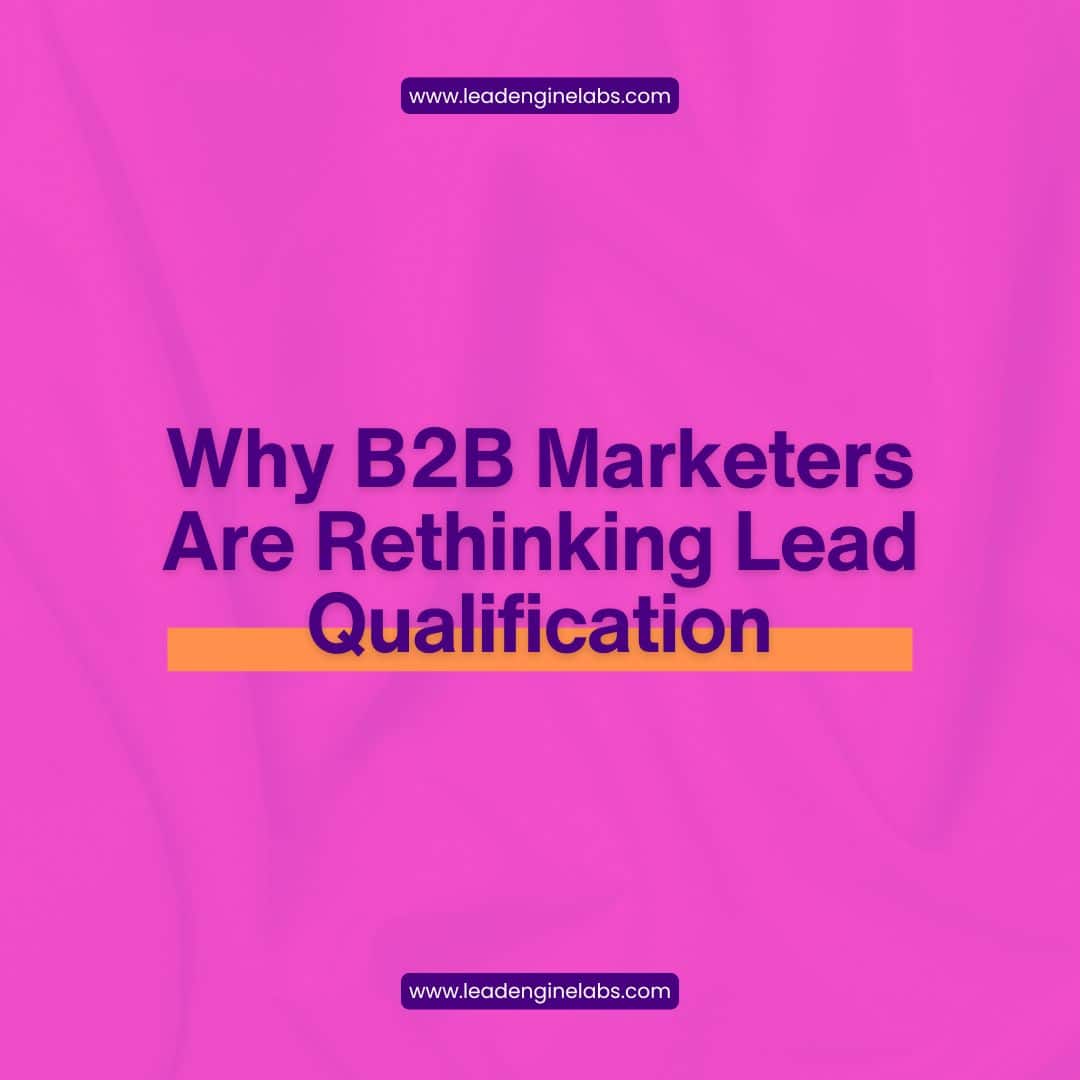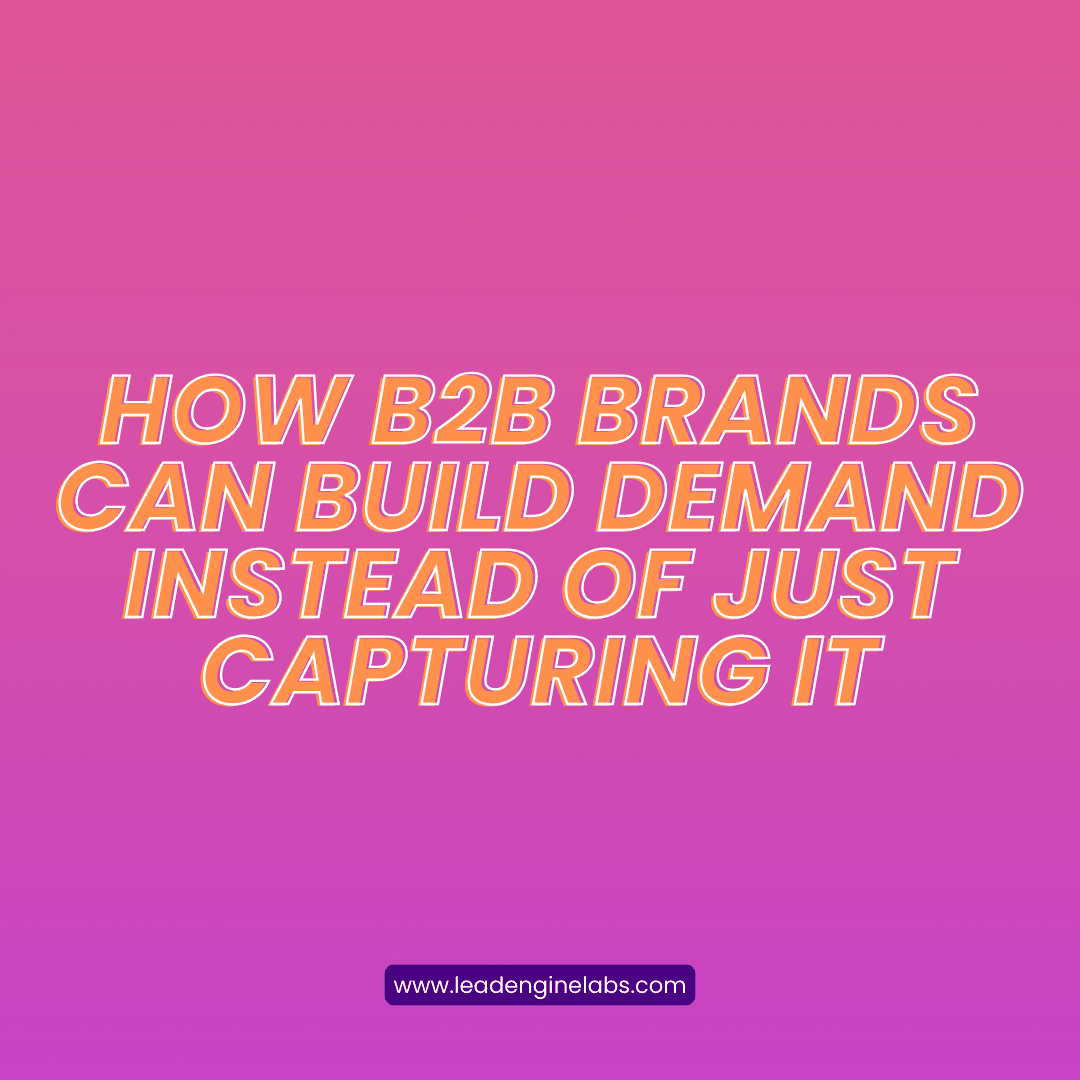For years, Marketing Qualified Leads (MQLs) have been the foundation of B2B sales funnels. Marketers focused on capturing emails, tracking form submissions, and nurturing leads toward a sales conversation. But in today’s digital-first world, this approach is becoming obsolete.
With buyers conducting independent research, consuming content anonymously, and engaging in dark funnel activities (like Slack communities and private forums), the MQL model is failing to capture real buyer intent.
So, is the MQL dead? And if so, what should replace it? In this post, we’ll explore why MQLs are losing relevance, how modern lead qualification is evolving, and what businesses should do instead.
Why the MQL Model Is Failing
The traditional MQL framework classifies leads based on predefined marketing interactions—things like:
- Downloading an eBook
- Attending a webinar
- Subscribing to a newsletter
- Clicking on an email link
While these actions indicate interest, they don’t necessarily signal purchase intent. Many leads that fit the MQL criteria never buy, while high-intent buyers often bypass traditional lead capture entirely.
The 3 Biggest Problems With MQLs
1. MQLs Rely on Surface-Level Engagement Metrics
Traditional lead scoring models assign points for activities like email opens or whitepaper downloads, but these actions don’t always correlate with real buying intent.
🚩 Example: A college student researching a term paper on B2B marketing might download your industry report, but they’ll never buy your product
2. The Buying Journey Has Changed
B2B buyers now conduct extensive research before ever speaking to a salesperson. Many decision-makers rely on peer recommendations, independent research, and anonymous website visits—all of which MQL scoring fails to capture.
📊 Stat: According to Gartner, 83% of a B2B buying journey happens before engaging with sales.
🚩 Example: A VP of Sales might spend weeks reading product reviews and LinkedIn discussions before reaching out—but traditional MQL tracking wouldn’t count them as a lead.
3. Sales Teams Don’t Trust MQLs
Because MQLs are based on marketing-driven interactions (rather than sales-driven engagement), they often fail to align with what sales teams consider a qualified lead. This disconnect leads to friction between teams and wasted effort on low-quality leads.
🚩 Example: If a prospect downloads multiple resources but never responds to emails or demo offers, sales teams may view them as unqualified—despite their high MQL score.
The Rise of Intent-Based Lead Qualification
Since MQLs don’t always reflect buying readiness, forward-thinking businesses are shifting to intent-based lead qualification.
Instead of tracking generic marketing interactions, this approach focuses on behavioral signals that indicate actual buying intent.
Alternative Lead Qualification Models
✅ Engagement Qualified Leads (EQLs) – Prioritize leads who actively engage with high-value content (e.g., watching product demos, engaging with customer case studies).
✅ Product Qualified Leads (PQLs) – Used by SaaS companies, PQLs focus on users who engage deeply with a free trial or freemium product, signaling intent to convert.
✅ Intent Data Leads – These leads show purchase signals by engaging in third-party research, visiting high-intent pages, or interacting in dark funnel channels.
📊 Stat: Companies using intent data see a 2X increase in sales pipeline velocity compared to those relying on traditional MQLs.
How to Shift From MQLs to Intent-Based Lead Scoring
1. Track High-Intent Behaviors (Not Just Downloads)
Rather than relying on form fills, focus on signals that indicate strong purchase intent, such as:
- Multiple visits to pricing or comparison pages
- Engagement with case studies or product-focused content
- Third-party intent signals (e.g., G2, TrustRadius visits)
- Repeated interactions with sales (e.g., replying to outreach emails, booking a call, attending a product webinar)
🚀 Pro Tip: Assign higher lead scores to actions tied to decision-making (e.g., booking a demo) rather than top-of-funnel engagement (e.g., downloading a PDF).
2. Leverage AI-Powered Intent Data
Modern tools can track off-site buying signals, helping businesses identify leads researching solutions before they fill out a form.
🔧 Tools That Help:
- 6sense – AI-driven predictive analytics to identify accounts actively researching your solution.
- Bombora – Tracks B2B buyer intent based on content consumption.
- LinkedIn Sales Navigator – Identifies engagement trends and warm leads based on interactions.
🚀 Pro Tip: Use intent data to trigger personalized outreach to high-potential leads before they formally enter your pipeline.
3. Align Marketing and Sales With Shared Metrics
The MQL model often creates tension between marketing and sales. To fix this, teams should:
✅ Shift from MQL-based KPIs (e.g., lead volume) to revenue-driven KPIs (e.g., pipeline contribution).
✅ Use account-based marketing (ABM) strategies to align sales and marketing efforts around high-intent accounts.
✅ Define clear handoff criteria so sales teams only receive leads with strong conversion potential.
🚀 Pro Tip: Consider EQLs as a shared metric—if both marketing and sales agree that engaged prospects are more valuable than generic MQLs, alignment becomes easier.
4. Focus on Personalized Outreach, Not Mass Campaigns
Since intent-based scoring prioritizes high-value leads, outreach should be tailored to each prospect’s behavior.
Instead of:
- “Hey [Name], I noticed you downloaded our eBook. Let’s schedule a call.”
Try:
- “Hey [Name], I saw you checked out our [comparison page]. I’d be happy to answer any questions about how we compare to [competitor]. Want to chat?”
Pro Tip: Hyper-personalized outreach based on real-time behavior can increase email response rates by up to 40%.
The Future of B2B Lead Qualification
The MQL isn’t completely dead, but it’s no longer the gold standard for B2B marketing. Companies that cling to outdated lead scoring models risk wasting time, misaligning teams, and missing high-intent buyers.
By shifting to intent-based lead qualification, businesses can:
✔ Identify leads who are truly ready to buy.
✔ Align marketing and sales around real buyer signals.
✔ Increase conversion rates by focusing on quality over quantity.
At Lead Engine Labs, we help businesses transition from outdated MQL models to modern, intent-driven lead generation strategies.
Contact us today to learn how we can optimize your pipeline for higher conversions and faster sales cycles.





